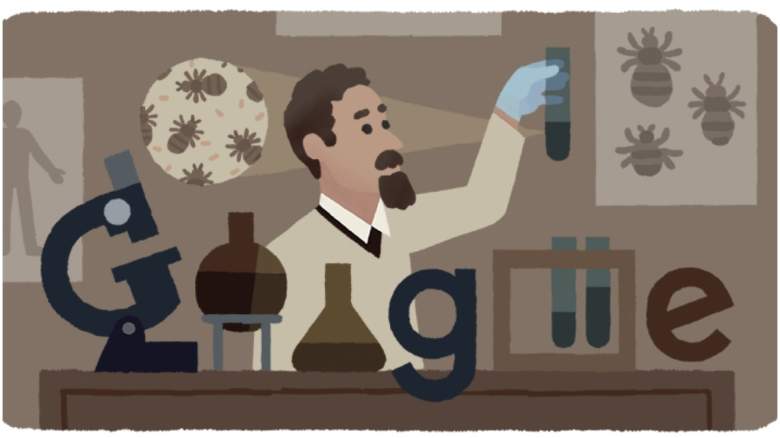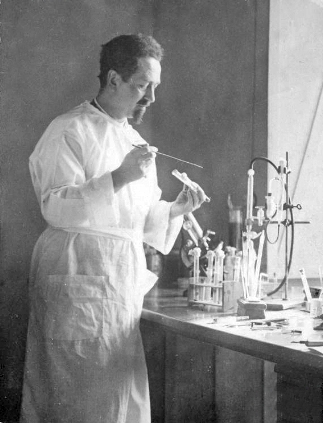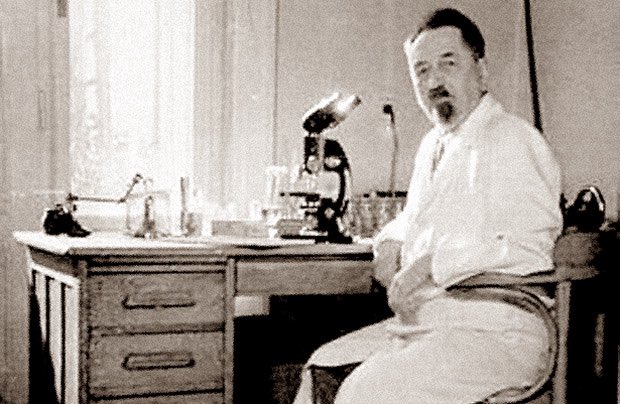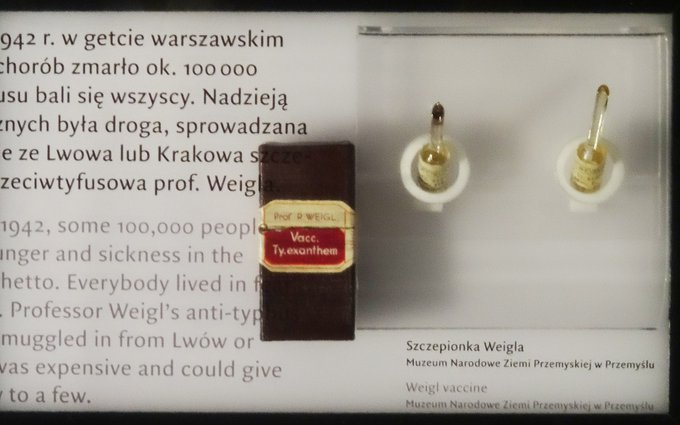
Rudolf Weigl was an European immunologist who invented the first efficient vaccine against typhus fever and who saved thousands of Jews, members of the Polish intelligentsia, and resistance leaders from the Nazis.
He is honored with a Google Doodle on September 2, 2021. His name is sometimes spelled as Rudolph Weigl. The Doodle honors what would have been Weigl’s 138th birthday.
“From studying a tiny louse to saving thousands of human lives, the impacts your tireless work had on the world are felt to this day—Happy Birthday, Rudolf Weigl,” Google wrote with the Doodle.
Here’s what you need to know:
1. His Vaccine Saved Millions in World War II
According to an article in the Journal of Medical Biography called Rudolph Weigl (1883–1957) – a scientist in Poland in wartime Plus ratio quam vis, Weigl “gained a high estimation for his spectacular invention of the first efficient vaccine against typhus fever.”
The vaccine saved millions of people in World War II, the article says.
He was a native German speaker but embraced Polish heritage “with Polish education and upbringing in a patriotic atmosphere,” the article says.
“His scientific career developed in the Universities of Lvov, Cracow and Poznan. For him, academic employment was a constant exploration of practical truths and a response to human needs, and this remained a deep obligation during his lifetime.”
2. Weigl Was a Professor During the Soviet & German Occupations
According to the Lviv Center, Weigl’s The Typhus Research Institute “became a place of rescue for many members of Lviv intelligentsia, including Jews.”
In 1920, Weigl became a professor and head of the Department of General Biology at Lviv University. He then established The Typhus Research Institute in that department. He was head of the institute when the Soviets took over Lviv and when the Nazis invaded.
He was able to keep his position because of the importance of the vaccine.
3. Weigl Helped Rescue Many Members of the Jewish Community From the Gestapo
Weigl helped rescue Jews and members of the Polish intelligentsia. He realized that Institute identification card for employees protected people from arrest because the Gestapo “avoided contact with people potentially infected with typhus,” the Lviv Center says.
The Nazis’ racist beliefs held that typhus was a sign of “parasitic inhumans,” making them keep a wide berth, the article says.
Thus, Weigl hired people who were in danger from the Gestapo, such as members of the resistance and “left-wing intellectuals.”
It’s believed that he saved 5,000 people, including Jewish scientists. He also helped smuggle the vaccine to the Polish ghettos and concentration camps, according to the Lviv Center.
4. Weigl Was Born in the Modern-Day Czech Republic
Although he had deep ties to Poland, Weigl wasn’t born there.
He was born in 1883 in Przerów, which was then in Austro-Hungary but is today in the Czech Republic.
However, he got his education in Poland and was named a “parasitologist in the Polish Army,” in 1914, charged with trying to stop the spread of the deadly typhus plague, Google says. This work escalated with the arrival of the Second World War.
5. Weigl Studied Body Lice to Come Up With the Vaccine

GoogleRudolf Weigl Google Doodle
According to Google, Weigl developed his vaccine by studying body lice, which were carriers of the bacteria that caused typhus.
The first person received that vaccine in 1936.
Once World War II started, the Germans realized the importance of the vaccine and they forced him to open a plant to produce it, Google says.
READ NEXT: These Are the 13 Marines & Service Members Who Died in the Afghanistan Attack at Kabul Airport.



